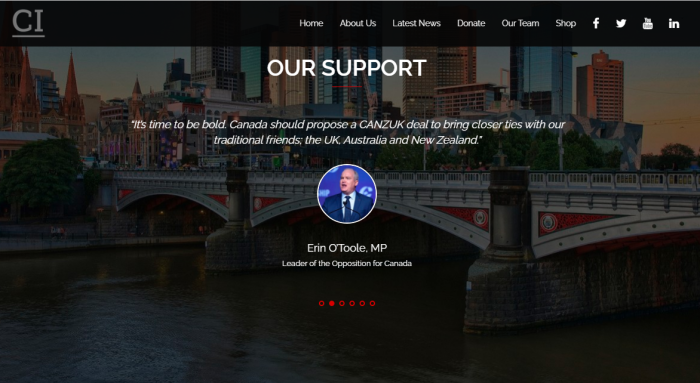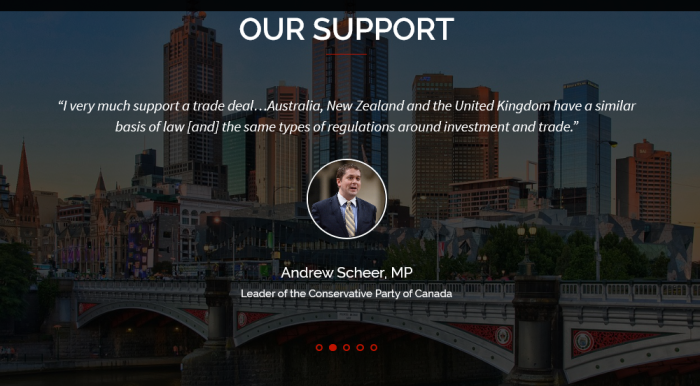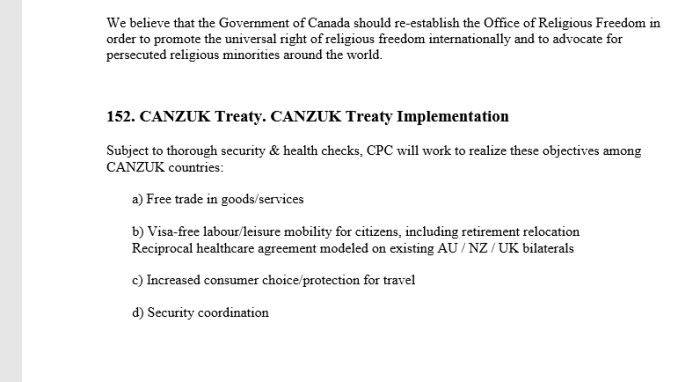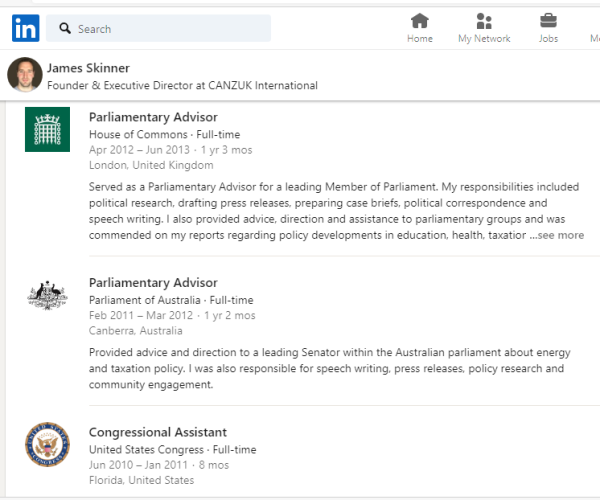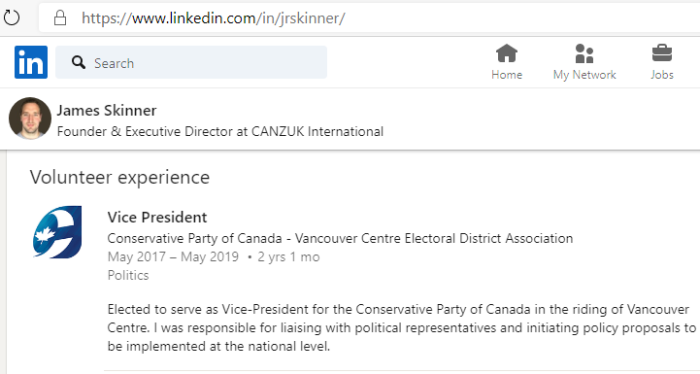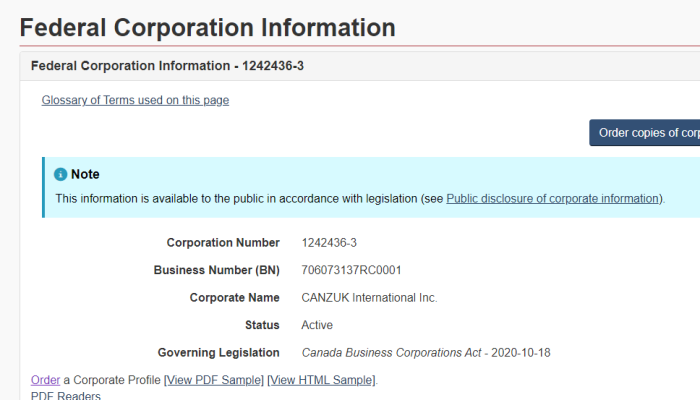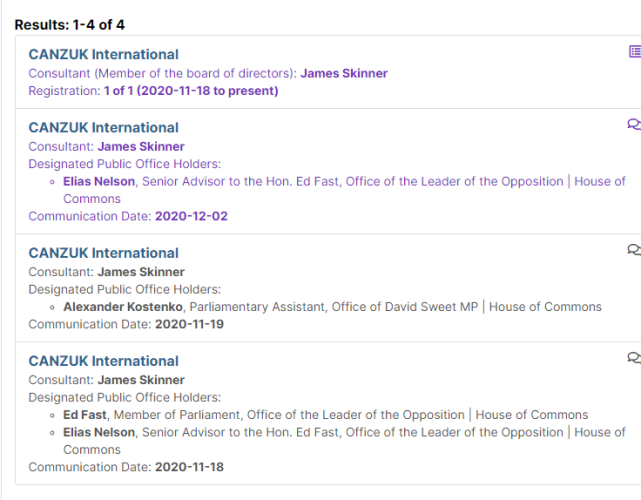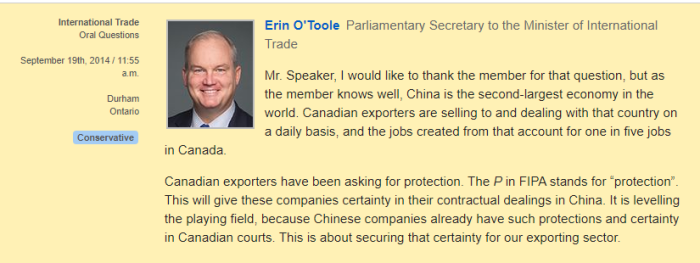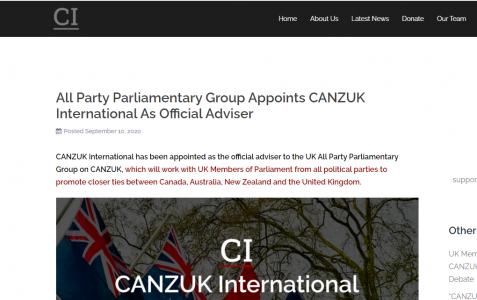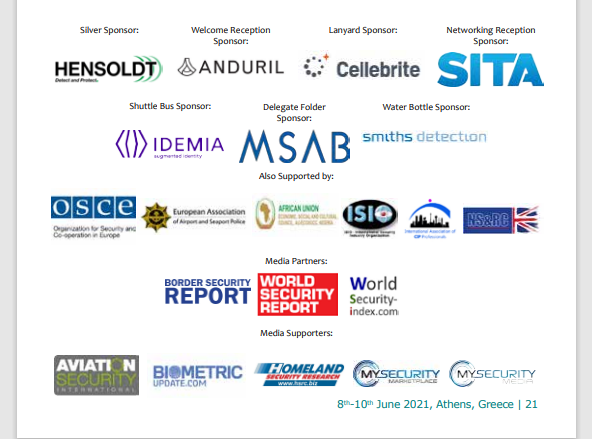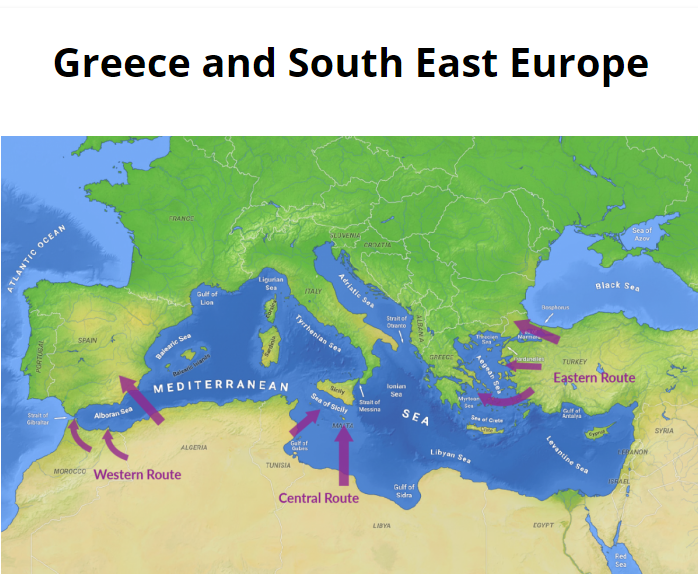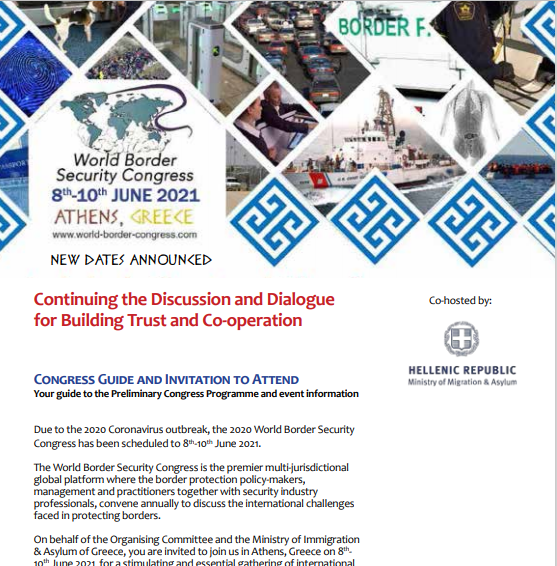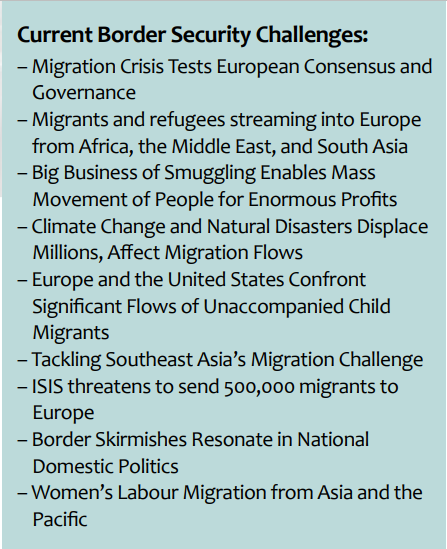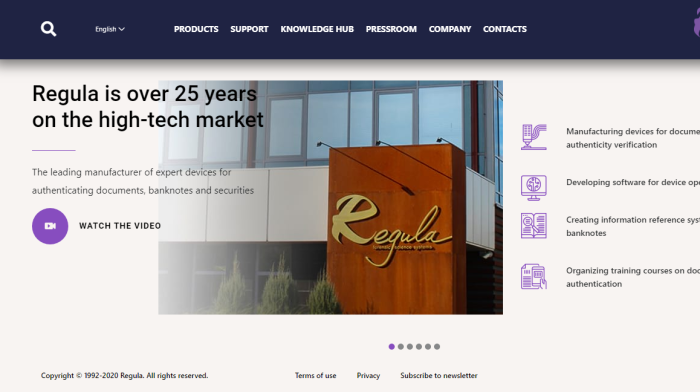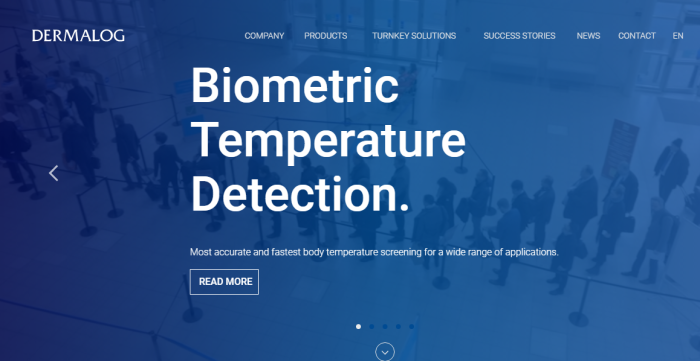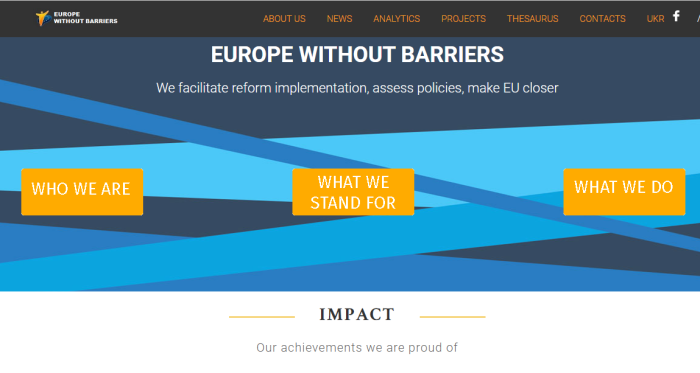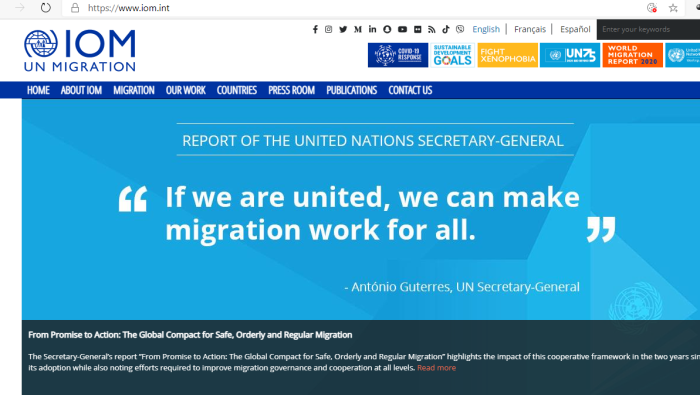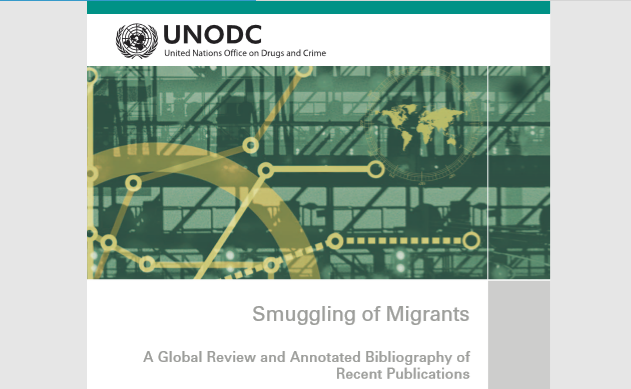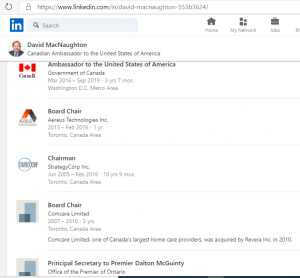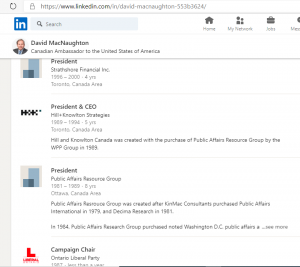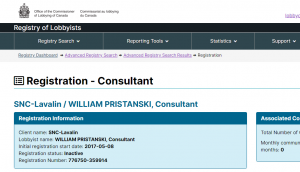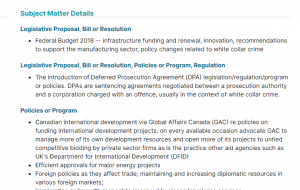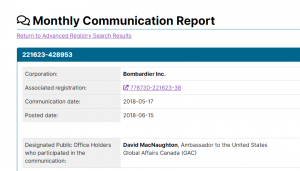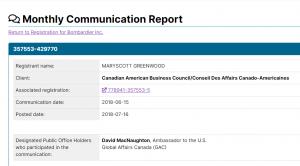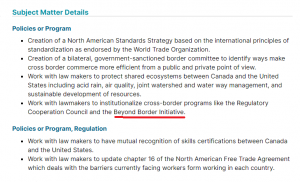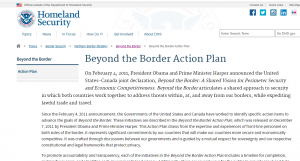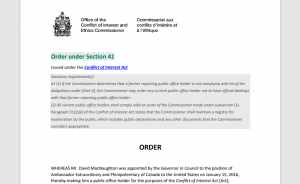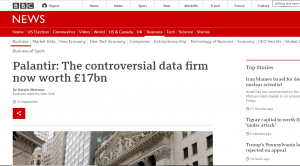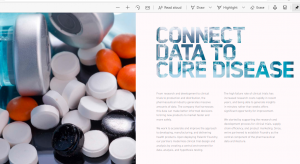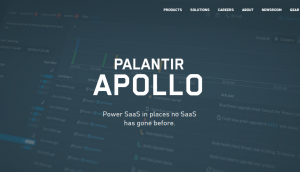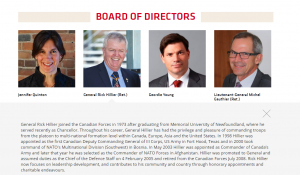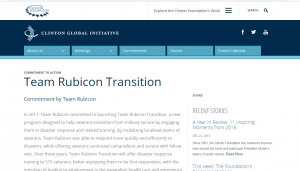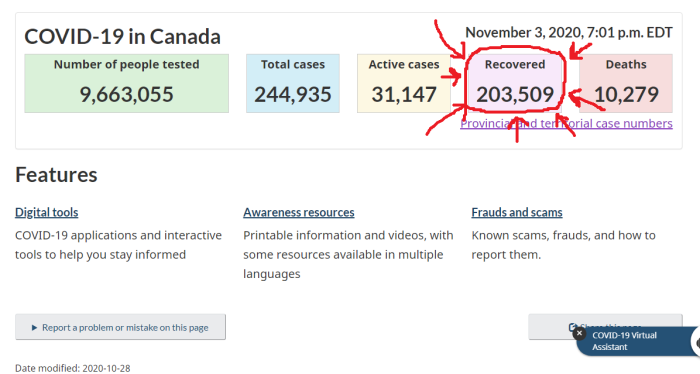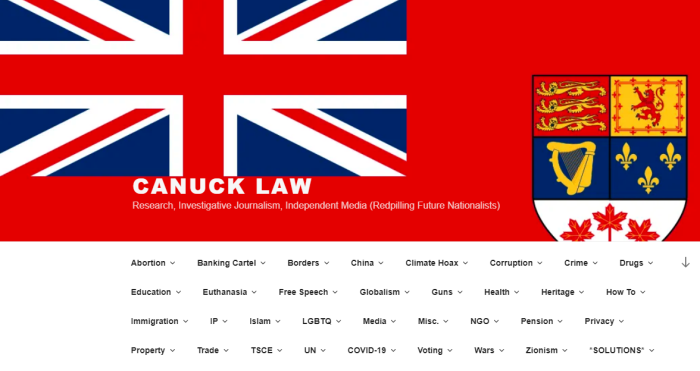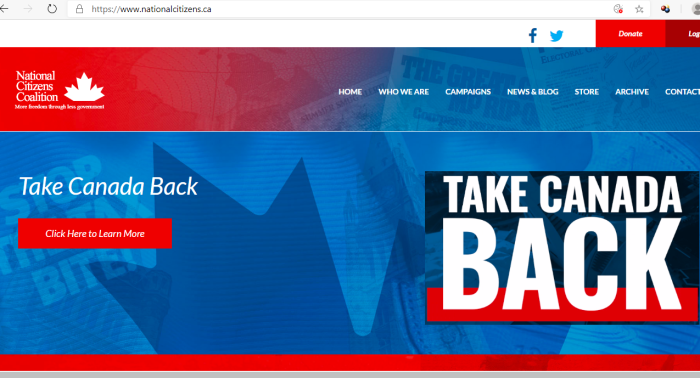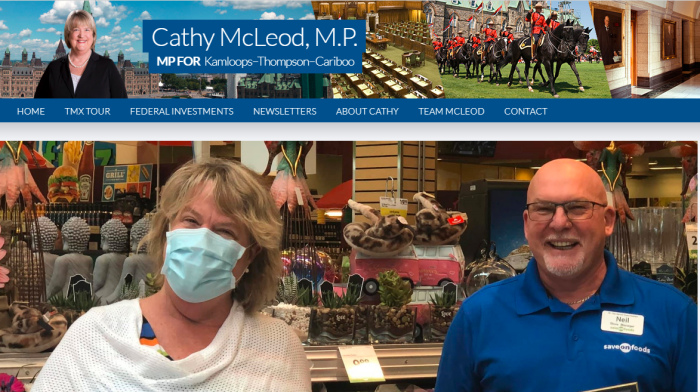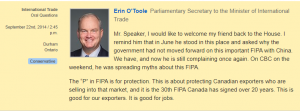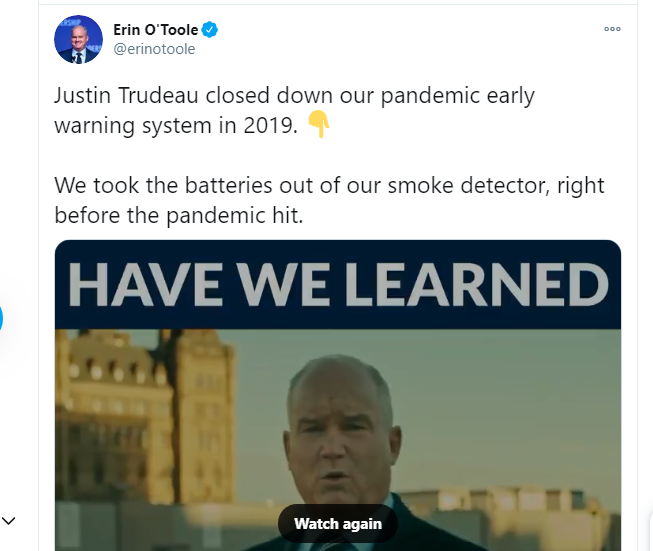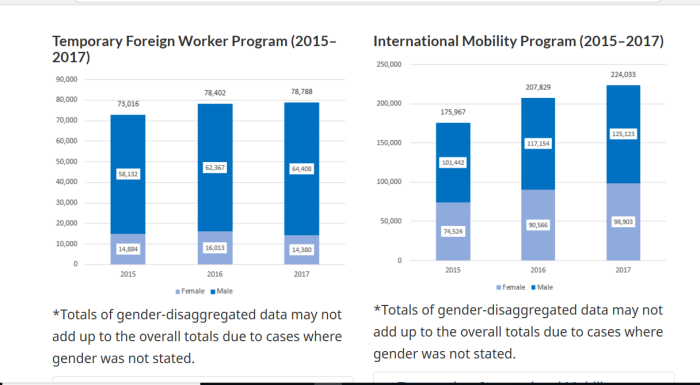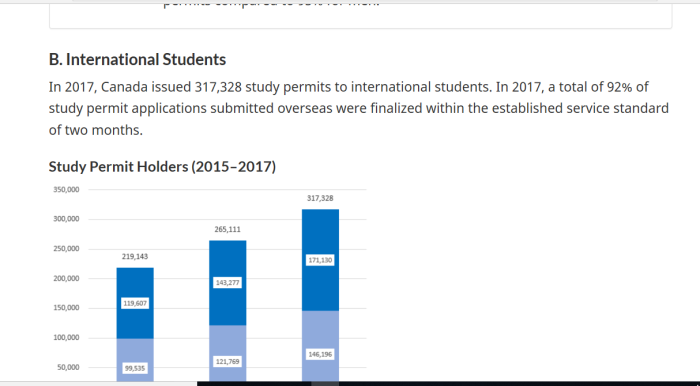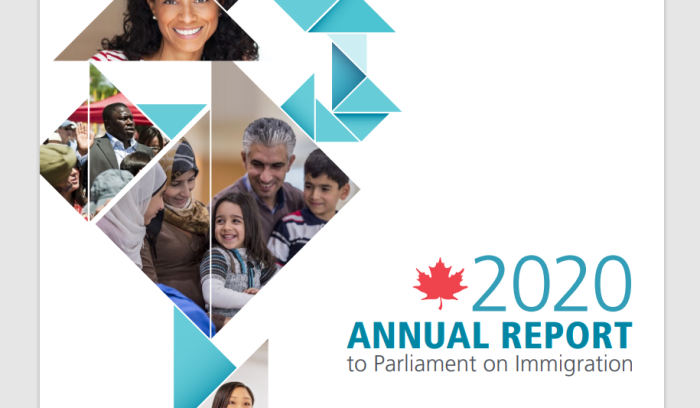
The 2020 Annual Immigration Report to the Canadian Parliament is now available to the public. Underneath all the self-congratulations, there are some serious issues to address.
1. Mass LEGAL Immigration In Canada
Despite what many think, LEGAL immigration into Canada is actually a much larger threat than illegal aliens, given the true scale of the replacement that is happening. What was founded as a European (British) colony is becoming unrecognizable due to forced demographic changes. There are also social, economic, environmental and voting changes to consider. See this Canadian series, and the UN programs for more detail. Politicians, the media, and so-called “experts” have no interest in coming clean on this.
CLICK HERE, for UN Genocide Prevention/Punishment Convention.
CLICK HERE, for Barcelona Declaration & Kalergi Plan.
CLICK HERE, for UN Kalergi Plan (population replacement).
CLICK HERE, for UN replacement efforts since 1974.
CLICK HERE, for tracing steps of UN replacement agenda.
Note: If there are errors in calculating the totals, please speak up. Information is of no use to the public if it isn’t accurate.
2. Annual Immigration Reports To Parliament
2004.annual.immigration.report.to.parliament
2005.annual.immigration.report.to.parliament
2006.annual.immigration.report.to.parliament
2007.annual.immigration.report.to.parliament
2008.annual.immigration.report.to.parliament
2009.annual.immigration.report.to.parliament
2010.annual.immigration.report.to.parliament
2011.annual.immigration.report.to.parliament
2012.annual.immigration.report.to.parliament
2013.annual.immigration.report.to.parliament
2014.annual.immigration.report.to.parliament
2015.annual.immigration.report.to.parliament
2016.annual.immigration.report.to.parliament
2017.annual.immigration.report.to.parliament
2018.annual.immigration.report.to.parliament
2019.annual.immigration.report.to.parliament
2020.annual.immigration.report.to.parliament
3. Total Number Of People Coming To Canada
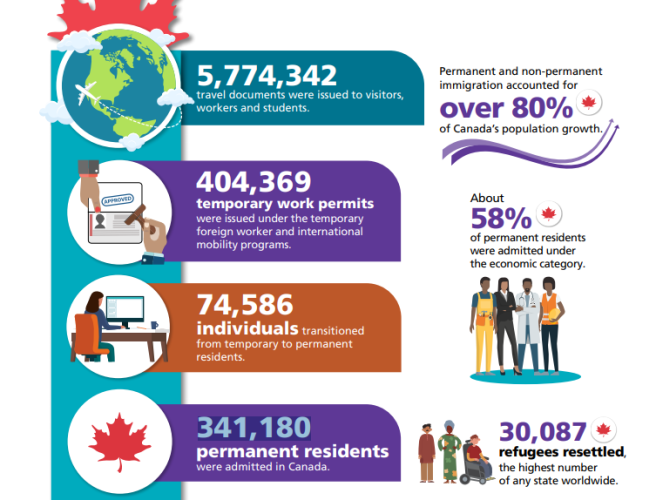
341,180 permanent residence cards issued (page 34) in 2019. Broken down by category, we get the following totals.
- 196,658 Economic
- 91,311 Family
- 48,530 Protected Person & Refugee
- 4,681 Humanitarian
That is the total number of people awarded a PR designation. However, a significant portion of them were already in Canada, typically work or student visas. So that must be taken into account.
341,180 permanent residence cards issued
-74,586 (temporaries who transitioned to PR)
= 266,594 new PR brought into Canada
Temporaries Brought Into Canada
402,427 new student visas
+98,310 temporary foreign workers
+306,797 international mobility visa holders
= 807,534 temporaries with path to transition
6,080 “inadmissibles” allowed under Rule 24(1) of IRPA
527 “inadmissibles” allowed under Rule 25.2(1) of IRPA
4,125,909 eTAs (electronic travel authorizations)
1,696,871 TRV (temporary resident visas)
And who knows how many people have slipped into Canada where there is no documentation?
Disclaimer: it’s impossible to know how many people have actually left (v.s. stayed in Canada), since the Government doesn’t provide such information. Certainly many people have left once their visa or authorization expires, but there’s no way of determining the exact amount. Fair to assume it’s close to a million, or perhaps over that.
One has to wonder if all of this is left vague on purpose, in order to make the true scale of replacement migration unknown.
4. Continued Population Replacement
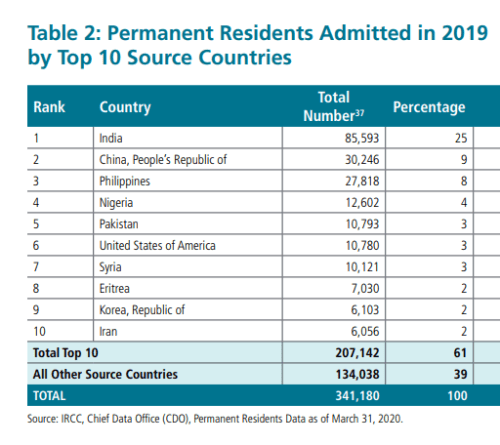
This graph is from page 33 of the 2020 Annual Report. Note: this is by no means everyone who is coming into Canada. However, it gives an idea of WHERE people are coming from. Each report lists the top 10 source countries, and it doesn’t vary much by year.
(Page 18 of the 2004 Annual Report to Parliament)
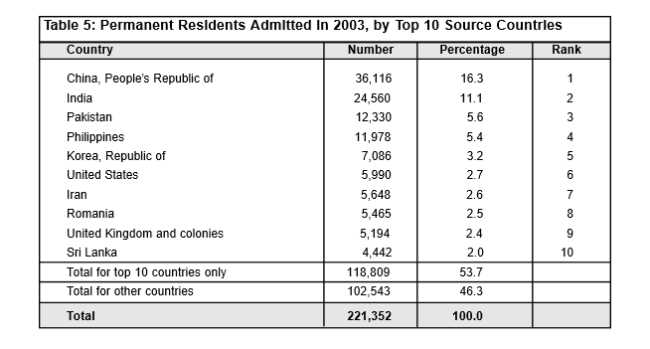
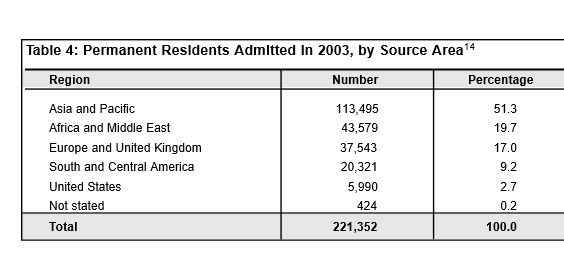
(Page 24 of the 2005 Annual Report to Parliament)

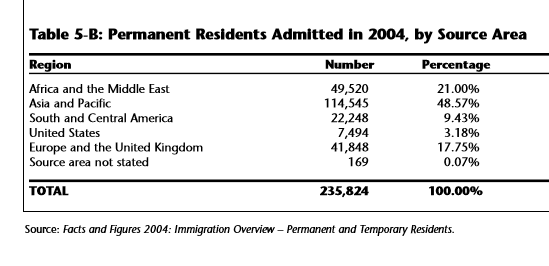
(Page 18, 19 of the 2006 Annual Report to Parliament)
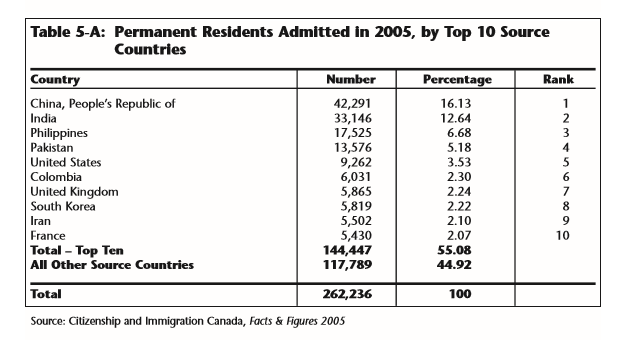
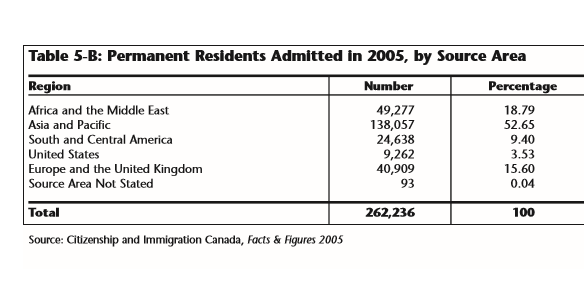
(Page 19, 20 of the 2007 Annual Report to Parliament)
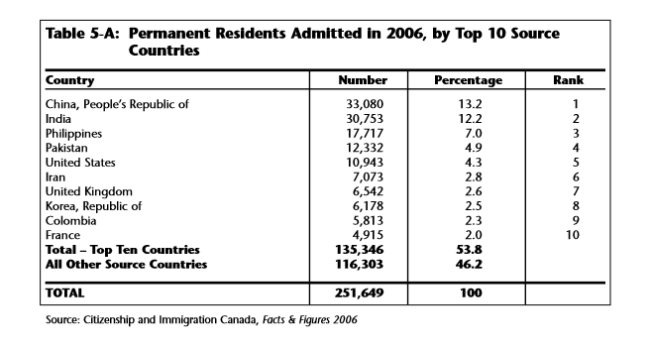
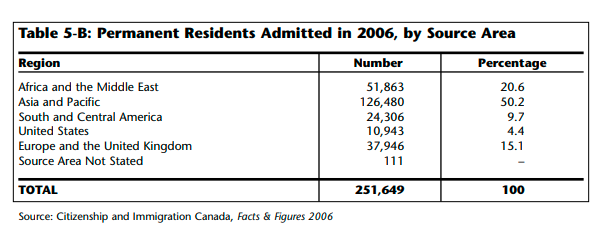
(Page 21, 22 of the 2008 Annual Report to Parliament)

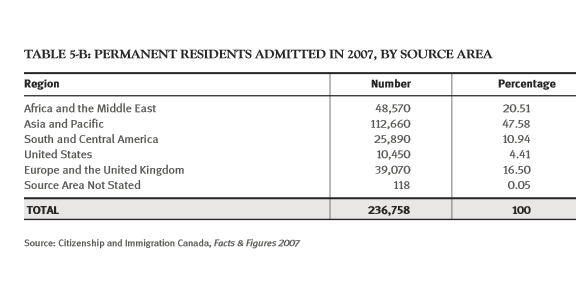
(Page 16 of the 2009 Annual Report to Parliament)
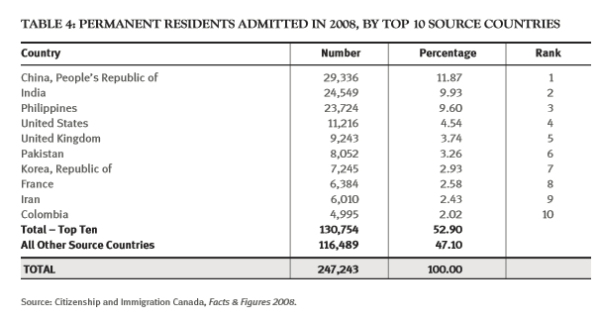
(Page 14 of the 2010 Annual Report to Parliament)
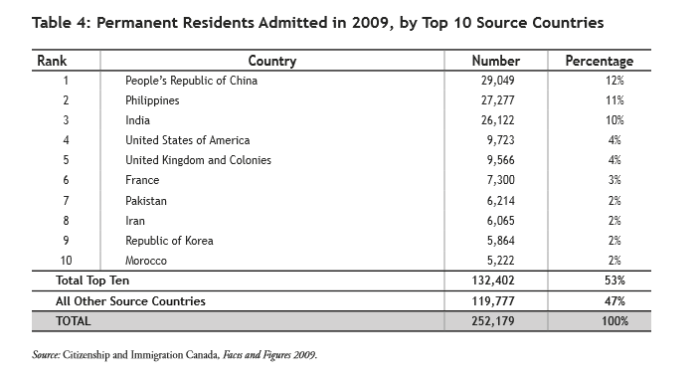
(Page 18 of the 2011 Annual Report to Parliament)
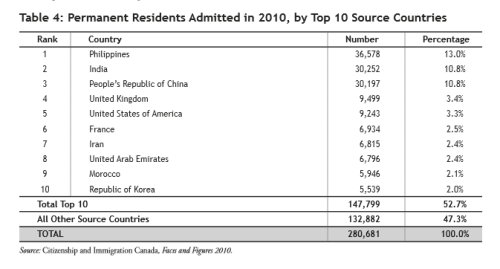
(Page 15 of the 2012 Annual Report to Parliament)
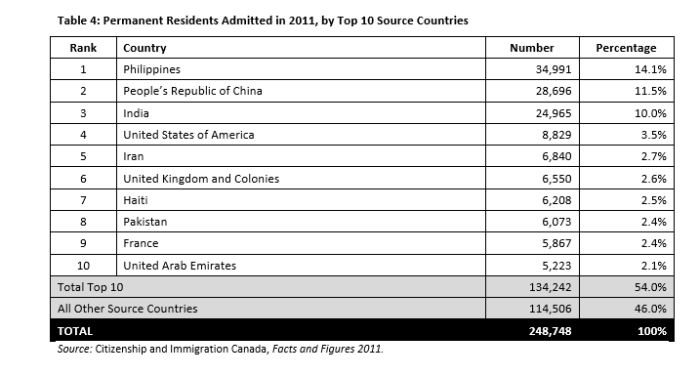
(Page 19 of the 2013 Annual Report to Parliament)
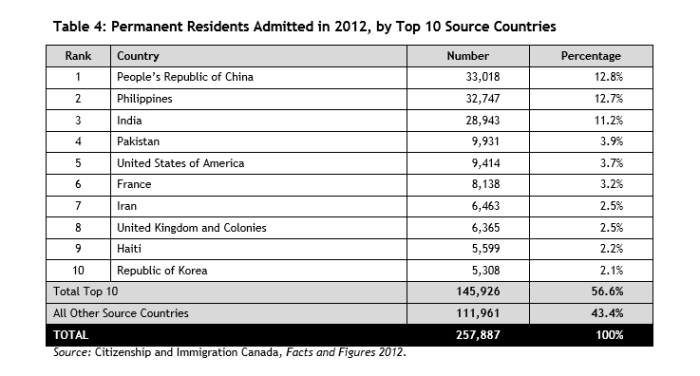
(Page 16 of the 2014 Annual Report to Parliament)
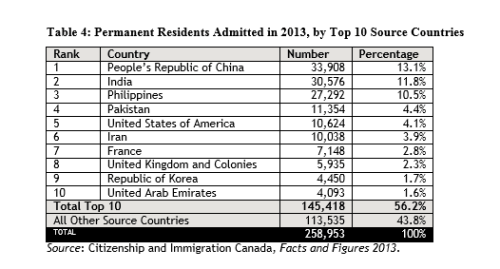
(Page 16 of the 2015 Annual Report to Parliament)
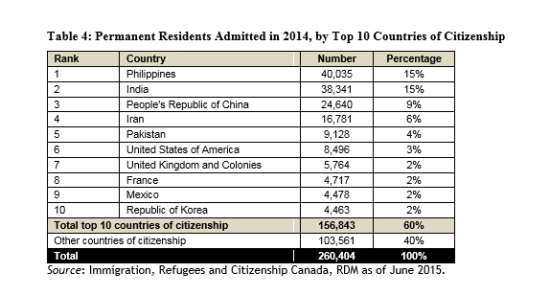
(Page 10 of the 2016 Annual Report to Parliament)
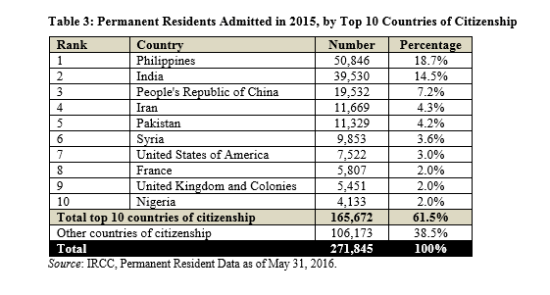
(Page 14 of the 2017 Annual Report to Parliament)

(Page 28 of the 2018 Annual Report to Parliament)
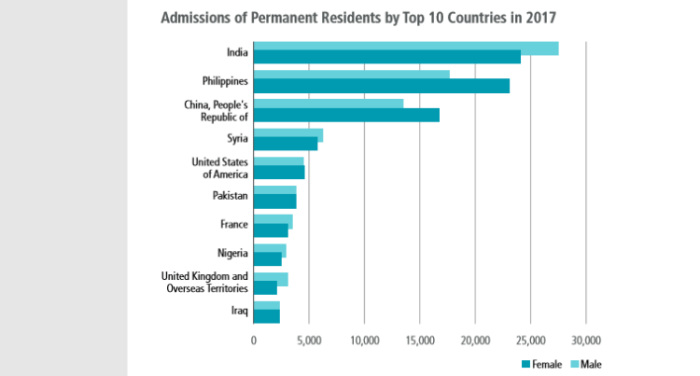
(Page 36 of the 2019 Annual Report to Parliament)
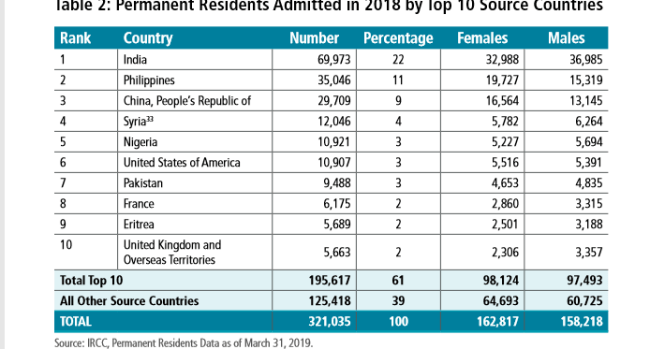
This year, the top 5 source countries are:
- India 25%
- China 9%
- Philippines 8%
- Nigeria 4%
- Pakistan 3%
Once again, these PR numbers (assuming they are even accurate), so not reflect the total number of people coming into Canada with some option to stay. So these totals are quite misleading.
Early in Canada’s history, the major source of immigration was British, as well other other Western European countries. Now, it’s primarily Asian, Middle Eastern and African. France and the UK are no longer even in the top 10. The result is very visible balkanization in places like the GTA, Vancouver, Edmonton, Winnipeg and elsewhere.
5. Temporary Visitors To Canada
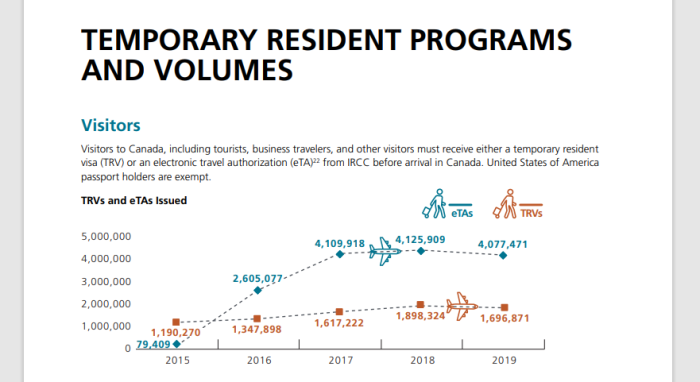
TRV = Temporary Resident Visa
eTA = Electronic Travel Authorization
| YEAR |
TRV Issued |
eTA Issued |
Totals |
| 2016 |
1,347,898 |
2,605,077 |
3,952,975 |
| 2017 |
1,617,222 |
4,109,918 |
5,570,197 |
| 2018 |
1,898,324 |
4,125,909 |
6,024,233 |
| 2019 |
1,696,871 |
4,077,471 |
5,774,342 |
There were 4,125,909 eTAs (electronic travel authorizations), and 1,696,871 TRV (temporary resident visas) issued in 2019. See page 15. In fairness, the overwhelming majority of those people probably left without any sort of issue. But even when there are serious problems, getting into Canada LEGALLY isn’t all that difficult.
6. More “Inadmissibles” Let Into Canada

Table 1, Page 32 of the report.
Broadly speaking, there are two provisions within IRPA, the Immigrant and Refugee Protection Act, that allow people who were previously deemed inadmissible to Canada to be given Temporary Resident Permits anyway. Here are the totals from the Annual Reports to Parliament on Immigration. Note: the first one listed only started in 2010.
Those allowed in under Rule 25.2(1) of IRPA
| YEAR |
TRP Issued |
Cumulative |
| 2010 |
17 |
17 |
| 2011 |
53 |
70 |
| 2012 |
53 |
123 |
| 2013 |
280 |
403 |
| 2014 |
385 |
788 |
| 2015 |
1,063 |
1,851 |
| 2016 |
596 |
2,447 |
| 2017 |
555 |
3002 |
| 2018 |
669 |
3,671 |
| 2019 |
527 |
4,198 |
From 2010 to 2019, a total of 4,198 people who were otherwise inadmissible to Canada were allowed in anyway under Rule 25.2(1) of IRPA. This is the category that Global News previously reported on. As for the other one, under Rule 24(1) of IRPA, Global News leaves that out:
| Year |
Permits |
Cumulative |
| 2002 |
12,630 |
12,630 |
| 2003 |
12,069 |
24,699 |
| 2004 |
13,598 |
38,297 |
| 2005 |
13,970 |
52,267 |
| 2006 |
13,412 |
65,679 |
| 2007 |
13,244 |
78,923 |
| 2008 |
12,821 |
91,744 |
| 2009 |
15,640 |
107,384 |
| 2010 |
12,452 |
119,836 |
| 2011 |
11,526 |
131,362 |
| 2012 |
13,564 |
144,926 |
| 2013 |
13,115 |
158,041 |
| 2014 |
10,624 |
168,665 |
| 2015 |
10,333 |
178,998 |
| 2016 |
10,568 |
189,566 |
| 2017 |
9,221 |
198,787 |
| 2018 |
7,132 |
205,919 |
| 2019 |
6,080 |
211,999 |
From 2002 to 2019 (inclusive), a total of 211,999 people previously deemed inadmissible to Canada were given Temporary Resident Permits anyway. This has almost certainly been going on for a lot longer, but is as far back as the reports go. Now let’s consider the reasons these people are initially refused entry.
SEC = Security (espionage, subversion, terrorism)
HRV = Human or International Rights Violations
CRIM = Criminal
S.CRIM = Serious Criminal
NC = Non Compliance
MR = Misrepresentation
| YEAR |
Total |
SEC |
HRV |
Crim |
S.Crim |
NC |
MR |
| 2002 |
12,630 |
? |
? |
? |
? |
? |
? |
| 2003 |
12,069 |
17 |
25 |
5,530 |
869 |
4,855 |
39 |
| 2004 |
13,598 |
12 |
12 |
7,096 |
953 |
4,981 |
20 |
| 2005 |
13,970 |
27 |
15 |
7,917 |
981 |
4,635 |
21 |
| 2006 |
13,412 |
29 |
20 |
7,421 |
982 |
4,387 |
18 |
| 2007 |
13,244 |
25 |
8 |
7,539 |
977 |
4,109 |
14 |
| 2008 |
12,821 |
73 |
18 |
7,108 |
898 |
4,170 |
17 |
| 2009 |
15,640 |
32 |
23 |
6,619 |
880 |
7,512 |
10 |
| 2010 |
12,452 |
86 |
24 |
6,451 |
907 |
4,423 |
36 |
| 2011 |
11,526 |
37 |
14 |
6,227 |
899 |
3,932 |
11 |
| 2012 |
13,564 |
20 |
15 |
7,014 |
888 |
5,206 |
18 |
| 2013 |
13,115 |
17 |
10 |
6,816 |
843 |
5,135 |
8 |
| 2014 |
10,624 |
12 |
2 |
5,807 |
716 |
3,895 |
14 |
| 2015 |
10,333 |
3 |
3 |
5,305 |
578 |
4,315 |
28 |
| 2016 |
10,568 |
8 |
4 |
4,509 |
534 |
2,788 |
20 |
| 2017 |
9,221 |
10 |
5 |
5,035 |
591 |
3,412 |
121 |
| 2018 |
7,132 |
5 |
3 |
4,132 |
559 |
2,299 |
131 |
| 2019 |
6,080 |
2 |
0 |
3,202 |
546 |
2,139 |
175 |
Even if people are excluded from Canada — for a variety of valid reasons — often they will still be given temporary entrance into Canada. Will they ever leave? Who knows?
7. Canada Scraps “Designated Country Of Origin”
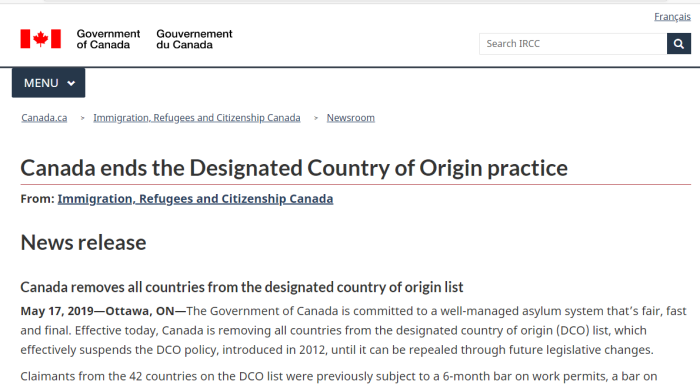
Canada removes all countries from the designated country of origin list
May 17, 2019—Ottawa, ON—The Government of Canada is committed to a well-managed asylum system that’s fair, fast and final. Effective today, Canada is removing all countries from the designated country of origin (DCO) list, which effectively suspends the DCO policy, introduced in 2012, until it can be repealed through future legislative changes.
.
Claimants from the 42 countries on the DCO list were previously subject to a 6-month bar on work permits, a bar on appeals at the Refugee Appeals Division, limited access to the Interim Federal Health Program and a 36-month bar on the Pre-Removal Risk Assessment.
.
The DCO policy did not fulfil its objective of discouraging misuse of the asylum system and of processing refugee claims from these countries faster. Additionally, several Federal Court decisions struck down certain provisions of the DCO policy, ruling that they did not comply with the Canadian Charter of Rights and Freedoms.
.
Removing all countries from the DCO list is a Canadian policy change, not a reflection of a change in country conditions in any of the countries previously on the list.
.
De-designating countries of origin has no impact on the Canada-U.S. Safe Third Country Agreement.
On May 17, 2019, the Canadian Government announced it would no longer have the 42 so-called designated countries of origin. This was a list of nations — mainly in Europe — who were considered safe countries. This was done without debate in Parliament.
It’s a pretty convoluted justification, that this policy did little to prevent fraud and abuse. This comes while fake refugees from the U.S. are allowed to illegally stroll into Canada.
The change left the Safe 3rd Country Agreement intact — for the time being — but even that wouldn’t be safe.
8. “Refugees” From U.S. Warzone

Let’s be clear about one thing: illegal crossings from the U.S. could be stopped instantly, it politicians actually had any interest in doing so. Instead, they feign helplessness in order for the public to stop expecting results.
Asylum Claims
The in-Canada asylum system provides protection to foreign nationals when it is determined that they have a
well-founded fear of persecution.
.
Canada received over 64,000 in-Canada asylum claims in 2019, the highest annual number received on record.
Of these, approximately 26% were made by asylum claimants who crossed the Canada-U.S. border between
designated ports of entry. The Immigration and Refugee Board of Canada finalized 43,004 claims in 2019. Further, Budget 2020 earmarked $795 million over five years to support continued processing of 50,000 asylum
claims per year until 2023–2024. This investment builds on those made in Budgets 2019 and 2018 to effectively
manage Canada’s border and asylum system.
(From page 21), Canada still allowed bogus refugees from the warzone that is the United States. By exploiting a loophole written into the Safe 3rd Country Agreement, economic migrants are able to get to the U.S., then come further north and engage in asylum shopping.
Worth noting, in 2020 a Federal Court Judge struck down the Safe 3rd Country Agreement, claiming it violates the Charter Rights of people illegally in the country trying to claim asylum.
9. Students & Temporary Workers
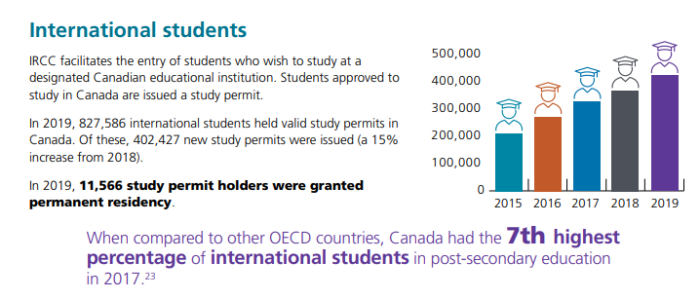
In 2019, Canada issued 402,427 new study permits, (see page 15). Overall, there were 827,586 international students with visas. Note: this doesn’t include minor children exempt from the visa requirement.
The Report claims that there was $21.6 billion in tuition fees paid from international students. This is the devil’s bargain here: schools get the money, and students get a pathway to stay in Canada.
Temporary Foreign Workers (TFW), and the International Mobility Program (IMP) are listed on page 16. Both programs have seen considerable increases this year. In 2019, there were 98,310 TFW, and 306,797 IMP.
| Year |
Stu |
TFWP |
IMP |
Total |
| 2003 |
61,293 |
82,151 |
– |
143,444
| |
| 2004 |
56,536 |
90,668 |
– |
147,204
| |
| 2005 |
57,476 |
99,146 |
– |
156,622
| |
| 2006 |
61,703 |
112,658 |
– |
174,361
| |
| 2007 |
64,636 |
165,198 |
– |
229,834
| |
| 2008 |
79,509 |
192,519 |
– |
272,028
| |
| 2009 |
85,140 |
178,478 |
– |
263,618
| |
| 2010 |
96,157 |
182,276 |
– |
278,433
| |
| 2011 |
98,383 |
190,842 |
– |
289,225
| |
| 2012 |
104,810 |
213,573 |
– |
318,383
| |
| 2013 |
111,865 |
221,310 |
– |
333,175
| |
| 2014 |
127,698 |
95,086 |
197,924 |
420,078
| |
| 2015 |
219,143 |
73,016 |
175,967 |
468,126
| |
| 2016 |
265,111 |
78,402 |
207,829 |
551,342
| |
| 2017 |
317,328 |
78,788 |
224,033 |
620,149
| |
| 2018 |
356,876 |
84,229 |
255,034 |
696,139
| |
| 2019 |
402,427 |
98,310 |
306,797 |
807,534
| |
Let’s not pretend that all (or even the bulk) of people on these various visas will leave Canada afterwards.
Looking ahead
COVID-19 has had a tremendous impact on Canada’s prosperity, including our economy. Despite these current challenges, immigration will continue to be a source of long-term economic growth in Canada. IRCC will continue to work with provinces and territories, and other partners and stakeholders, to ensure that our approach to immigration supports Canada’s ongoing prosperity.
Despite the record high unemployment rate, and supposedly being in the middle of a “pandemic”, the Government is committed to continued high levels of population replacement.
10. Tracking People Leaving Canada
Strangely, it is Trudeau who brought in a full entry/exit system to track people leaving Canada, regardless of destination. Sure it took until the Summer of 2020 to be implemented, but still, an improvement. When Harper was in office, he only implemented a limited entry/exit system with the U.S. It didn’t apply to other countries.
However, it’s quite harmful that the CBSA apparently cancels outstanding warrants for people wanted for deportation. Clearly, there is bipartisan indifference towards real border security.
There’s also no effort, at any level of Government, to abolish the practice of “Sanctuary Cities“. These are municipalities that openly defy and circumvent Federal law in order to allow illegal aliens to remain and to access public services.
11. Other Noteworthy Developments

Open Work Permit for Vulnerable Workers
In June 2019, IRCC introduced a new measure to enable migrant workers who have an employer-specific work permit and are in an abusive job situation to apply for an open work permit. This measure helps to ensure that migrant workers who need to leave their employer can maintain their status, and find
another job.
Measures to support newcomers against family violence
In 2019, IRCC launched measures to ensure that newcomers experiencing family violence are able to apply for a fee-exempt temporary resident permit for newcomers in Canada. This gives them: (a) Legal status; (b) Work permit; (c) Health-care coverage
Home Child Care Provider Pilot and Home Support Worker Pilot
The Home Child Care Provider and Home Support Worker pilots opened for applications on June 18, 2019 and will run for five years. They replaced the expiring Caring for Children and Caring for People with High Medical Needs pilots.
.
Through these pilots, caregivers benefit from a clear transition from temporary to permanent status to ensure that once caregivers have met the work experience requirement, they can become permanent residents quickly. They also benefit from occupation-specific work permits, rather than employer-specific ones, to allow for a fast change of employers when needed. The immediate family of the caregiver may also receive open work permits and study permits to help families come to Canada together.
.
Features of the new pilots reflect lessons learned from previous caregiver programs and test innovative
approaches to addressing unique vulnerabilities and isolation associated with work in private households.
Rainbow Refugees Assistance Partnership
In June 2019, the Government of Canada announced the launch of the Rainbow Refugee Assistance Partnership. Starting in 2020, the five-year partnership will assist private sponsors with the sponsorship of 50 LGBTI refugees per year. The partnership will also strengthen collaboration between LGBTI organizations and the refugee settlement community in Canada.
From page 28 of the report. Some of the changes made in the last year. Most people have no idea the full extent of what’s really going on.
12. Conservatives Support Status Quo
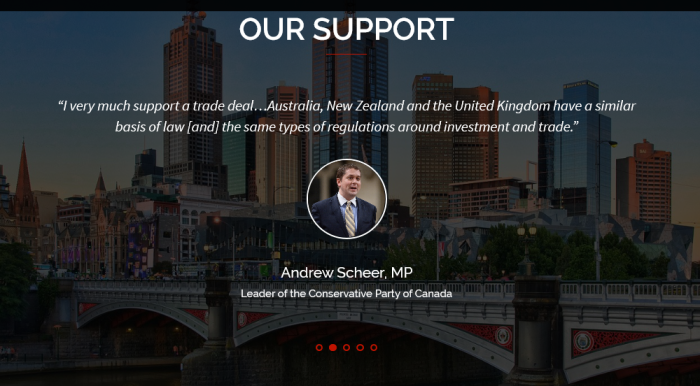
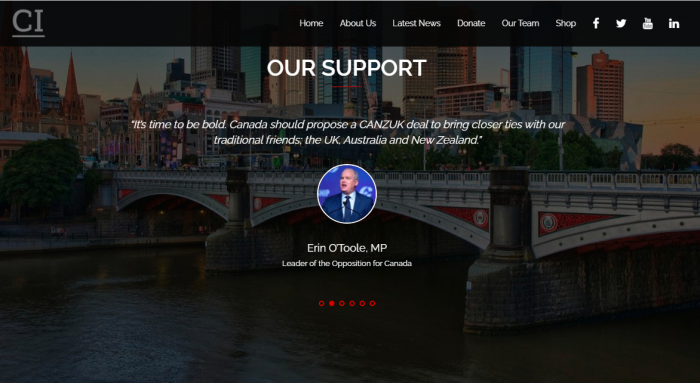
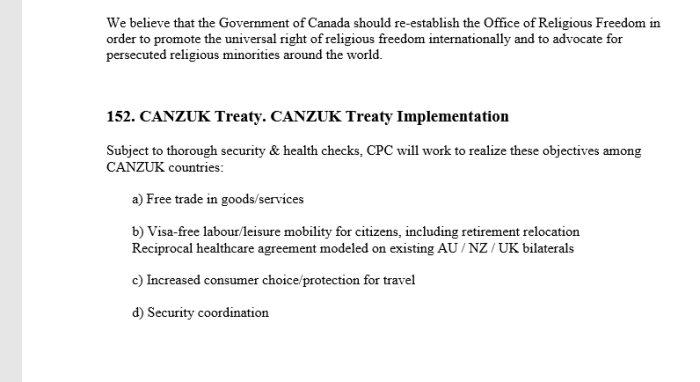
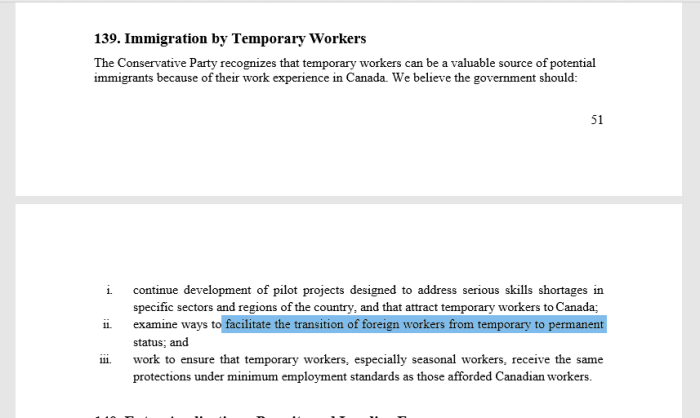
Think that putting Conservatives back into power means that there will be a halt (or even a reduction) in the open borders policies currently going on? Items such as CANZUK, and the temp-to-PR pipeline, are cpc.policy.declaration party policy. O’Toole is on record saying he supports expanding CANZUK further.
13. Political Solution Not Possible
The courts have found that entering Canada (even illegally), is a human right. Politicians (of all parties), have no interest in doing anything about open borders.
All parties support genocidal levels of population replacement. They cloak it in terms like “diversity”, “compassion”, “serving labour needs”, family reunification”, “funding pensions and health care”, and other such lies. Simply ensuring that it happens LEGALLY does nothing to prevent the ultimate outcome.
Like this:
Like Loading...
